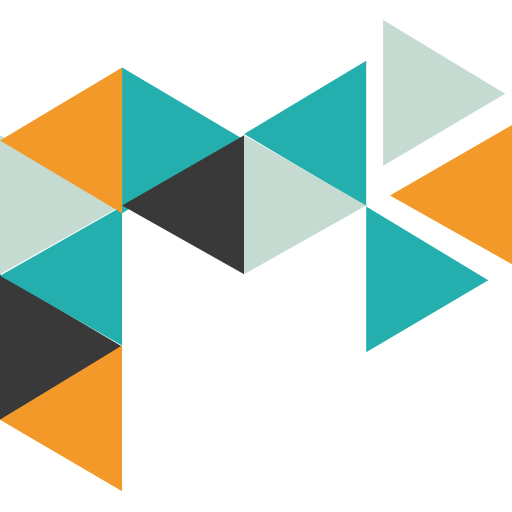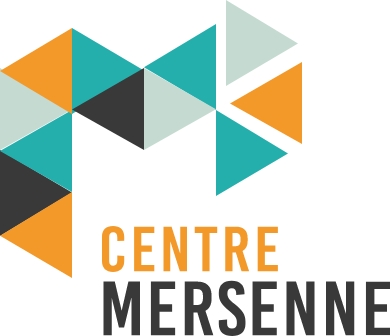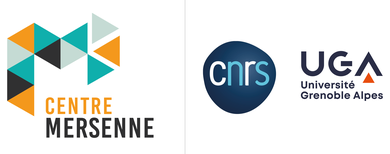Now that we have composed the editorial team, we can define an editorial policy. Here is where your journal’s identity will be highlighted. Various criteria will need to be defined: relevant topics and subtopics, types of content (research article, paper, etc.). The editorial committee usually makes these decisions on which depend the consistency of your contents.
Key elements of an editorial policy
Following is a non-exhaustive list of features to help you build your editorial policy:
- Identity
- Publishing schedule
- Publishing statistics
- Types of contributions
- Policy by section
- Assessment policy
- Dissemination policy
- Open access publication
- Publishing costs
- Self-archiving policy
- Ethics statement and transparency
- Statement relating to best editorial practices
- Authors’ responsibilities and originality of manuscripts
- Copyright and intellectual property
- Rights of research participants
- Conflicts of interest
- Monitoring scientific integrity
Submission and reviewing process
The submission and reviewing process is the stage where the journal makes direct contact with the authors. It is important to clearly define the different roles so as not to waste time and disrupt the review process. So here are a set of useful questions for this stage.
Submission
- Does the journal regularly publish calls for papers on defined topics? If so, who writes them? Who disseminates them?
- Is everyone free to contribute in the field covered by the journal?
- Is an editorial management software used during the submission process? Who conducts the software maintenance service?
- Does sending an email suffice when submitting? If so, who receives and processes submissions?
Assessment
- How is the peer review process organised? Does the journal opt for single-blind review? Double blind? Open identities?
- Are review reports made public? If so, who is making them public? Is it automatic?
- Does the journal provide an assessment grid for reviewers? If so, who writes this grid?
- What is the timeframe for reviewers when evaluating an article? Who sends reminders to reviewers when assessments take too long? Are automatic reminders set up?
- Are third-party reviewers who have no links to the journal accepted? Who can recommend them? Who decides to initiate contact with them? Who contacts them?
Corrections and withdrawals
- How should one respond when corrections are requested in a published article? Who decides?
- What is the correct attitude when facing accusations of plagiarism or fraud? In such cases, it could be useful to refer to COPE’s decision-making flowcharts for establishing a chain of decisions and responsibilities to facilitate problem solving.
- Remember to indicate on the website that the journal reserves the right to withdraw an article in the event of fraud.
- How should an erratum be formulated?
Guidelines for authors
What type of articles will be accepted?
- scientific articles
- lecture notes
- literature reviews
- case studies
- …
What is the maximum size of published articles?
What languages are accepted?
What are the effective editorial standards?
- file format
- overview of the illustrations (in a supplementary file or in the main text)
- size and language of the abstract
- number of characters in an article
- heading hierarchy system
- format for notes and superscripts
- typographical syntax guidelines
- abbreviations
- format for citations
- use of acronyms
- font
- format for illustrations
- …
Which publishing licenses will be effective once the article is online?
Intellectual property: what are the author’s legal rights?
Diffusion policy: is the author permitted to add his article to the open archives? on a personal website? in what form? with an embargo?
Ethics guidelines
All the journal’s prevailing ethics rules must be clearly mentioned on the website. COPE (Committee on Publication Ethics) and other websites offer support in writing related statements. COPE provides an Ethics toolkit for a successful editorial office and the Code of conduct and best practice guidelines for journal editors. Alternatively, the review can simply refer to the COPE ethical principles and provide a link allowing access.
Ethics rules can be divided in three main parts: rules for the editor, the reviewer or the author.
The editor’s obligations
Impartiality
Deciding on whether or not to publish an article should be considered according to the quality of the research, regardless of race, gender, sexual orientation, religious belief, origin, citizenship and political conviction. The articles selected must respect French laws on defamation and intellectual property (respect for authorship, refusing plagiarism, etc).
Intellectual property
The cOAlition S appeals to authors to fully retain all legal rights related to their works. t is in fact the main principle of Plan S: “Authors or their institutions retain copyright to their publications. All publications must be published under an open license, preferably the Creative Commons Attribution license (CC BY), in order to fulfil the requirements defined by the Berlin Declaration ». The journal should prefer to apply the CC-BY license.
Publishing costs
Publication fees should be clearly stated, easy to find and understandable. If no publication fees are requested, the journal must indicate it on its website.
Confidentiality
Submissions should be sent only to the reviewers and the editorial team responsible for the review process.
Data from a submitted but rejected text can only be used by one of the actors in the publication process with the agreement of all co-authors.
Quality
Publishers must provide authors with all the necessary tools to ensure best quality of published articles. It should also be agreed to publish errata or retract an article when necessary.
Also, publishers must ensure a backup for all published articles, eventually via CLOCKSS.
Independence
Articles by members of the scientific committee should not be the only ones published: endogenous practices must not prevail. Published articles must present a plurality of authors.
Obligations of the reviewers
Qualifications
The reviewer must be qualified in the relevant field. If not, he must refuse to assess the manuscript and/or suggest another reviewer. Also, he is required to terminate the assessment within a reasonable timeframe.
Confidentiality
The reviewer should not disclose any information about the articles he is evaluating outside of the review team. Moreover, he must not re-use for his own purposes any unpublished information revealed during his assessment.
Impartiality
The evaluation report should be well-argued and objective. Therefore, it’s in the editor’s best interest to provide reviewers with an assessment grid for each submission based on objective and identical criteria.
Plagiarism
The reviewer shall indicate in his report any suspected plagiarism or fraud discovered in a manuscript. The journal will then implement its verification process.
Obligations of the authors
Originality
Authors ascertain that their work is original and has not yet been published in any other journal. All results provided in the submitted text should be original, detailed and reproducible.
Authors certify that their publication contains no plagiarism or self-citation: references to third-party publications must be credited to their authors.
Authors should not submit the same article simultaneously to different journals.
Erratum
If the author discovers an error in his published article, he must inform the journal who will either publish an erratum or retract the article.
Credits to all authors
All persons who have made a significant contribution to the findings should be mentioned as authors. The author who submits the article is responsible for the accuracy of this information.
Conflicts of interest
Any potential conflict of interest should be mentioned.
Publishing
Authors agree to grant the publisher the legal rights to distribute their article in digital or paper format.



